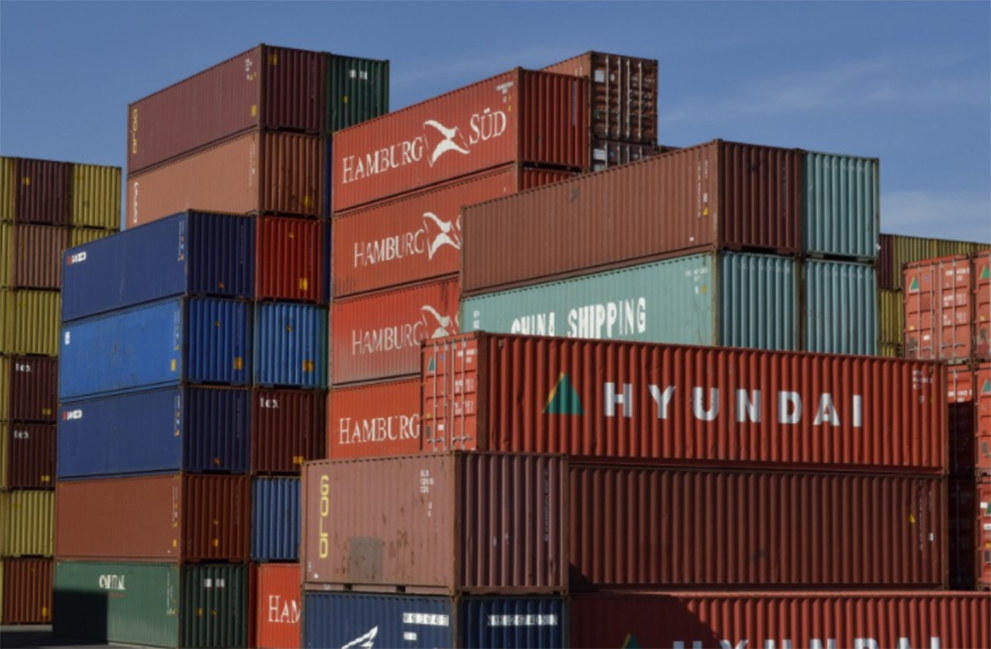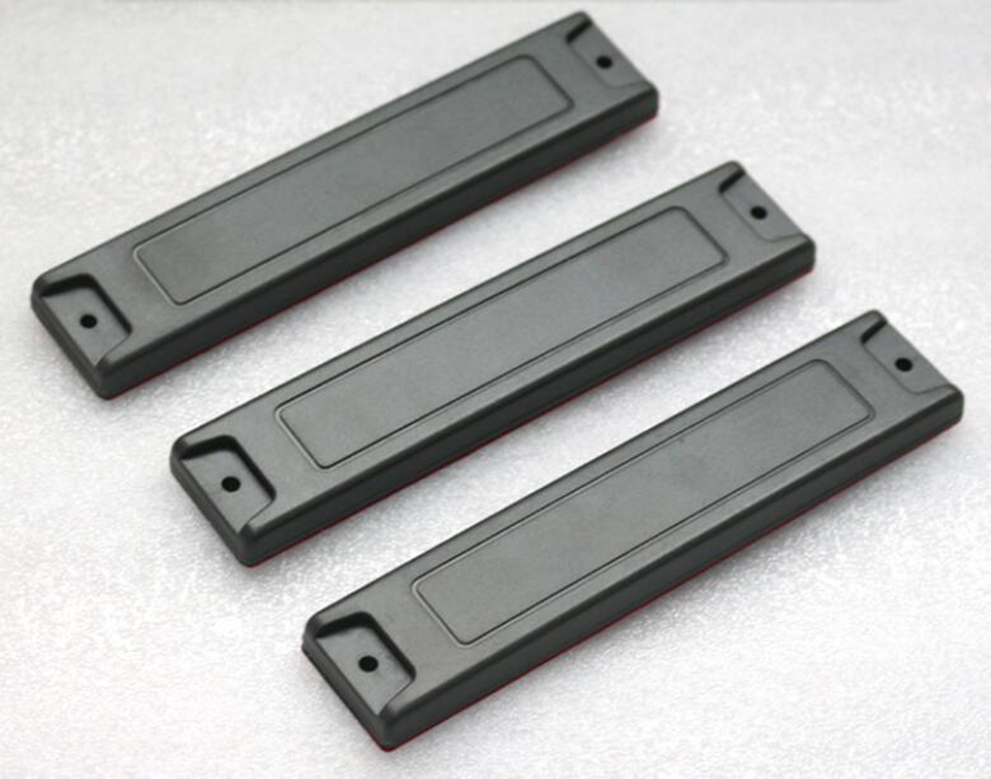The U.S. Customs and Border Protection (CBP) is deploying a multi-energy portal (MEP) inspection system to improve the scanning of commercial vehicles crossing the U.S. border. The system is provided by the technology company Leidos and aims to help the Border Agency improve the accuracy and efficiency of cargo scanning. The technology can capture the data of each vehicle and apply artificial intelligence to help customs officers identify vehicles that are passing through the border faster and more accurately.
The solution provides non-intrusive inspection (NII) for commercial vehicles on land and seaports, so that customs officers can understand the condition of the cargo in the vehicle without having to open the door and inspect each vehicle on the spot. The system will first be installed at the border crossing in Brownsville, Texas, where it will be broadcast live this summer. Leidos' MEP system was used in Joe Biden's presidential inauguration and Super Bowl LV this year.
Leidos’ Vacis MEP system includes two-dimensional code and RFID readers, as well as license plate recognition (LPR) technology, which can capture the data of each driver and vehicle, using photo files, situational awareness cameras, and low-profile sensors for hidden areas. Energy backscattering and high-energy X-ray transmission for cargo inspection, as well as radiation detection technology-all of the above are to obtain detailed information inside and outside each vehicle. The system can also link identity and image data, using artificial intelligence to help border workers quickly determine which vehicles can cross the border and which vehicles need further inspection.
For CBP, the purpose of the system is to speed up the transit speed of commercial vehicles while improving the accuracy and efficiency of security checks. CBP is a unified border agency under the US Department of Homeland Security, responsible for the management, control and protection of official US ports of entry and their borders. Its core mission is to promote legal international trade. It inspects cars, trucks, trains and sea containers, as well as personal luggage, packaging, parcels and postal mail. By using the NII system, CBP attempts to detect and prevent illegal goods, illegal narcotics, undeclared currencies, guns, ammunition and other illegal goods, and people from being smuggled into the country.
Leidos provides technology-based solutions for defense, aerospace, and biomedical research. The new contract, valued at US$480 million, lasts for 5 years, with the option to extend the term to 10 years. As part of the contract, the MEP system will be deployed to existing vehicle inspection points throughout the United States. According to Mathieu Guillebaud, Leidos' head of product management, at each checkpoint, Leidos will integrate and install this technology at border crossings, and then train CBP staff to use it. Leidos is one of the largest IT service providers in the defense industry.
The solution developed by Leidos combines the existing Vacis IP6500 integrated x-ray inspection system, as well as Osprey EVX and Osprey UVX vehicle-mounted x-ray imagers from Viken Detection. Under normal conditions, the Vacis device can scan up to 150 cars per hour and provide high-resolution images through 300 mm of steel. The radiation detection function can identify the presence of any nuclear material, and the Osprey device can detect whether contraband is hidden under the vehicle.

When drivers arrive at the border, they will show a list of goods and personal identification certificates, such as driver’s licenses and passports. Border managers use the system's scanner to scan QR codes printed on documents or read UHF RFID tags built into passports and other documents. These data are transmitted to the software along with the vehicle identification (LPR) information. If the data is verified and approved, the driver can pass through the security gate without stopping.
The security gate has two forms of X-ray scanning: high-energy transmission, used to check the cargo in the car; low-energy backscatter, used to identify suspicious objects in or around the hidden area. High energy is focused on providing the full view of high-density cargo, while backscattering technology focuses more on the external part of the cargo, such as finding hidden objects under the car, behind the bumper or inside the cab door. The solution enhances CBP's ability to identify contraband by allowing customs officers to view goods from multiple perspectives.
Gilbard said that the radiation portal monitor (RPM) scan can measure any radiation emissions. This data is integrated and analyzed with other collected data of the vehicle to provide a unified view of the vehicle. Staff at the border command center can view data about vehicles and drivers in real time, as well as multiple views of the cab and cargo. They can then analyze the scan results and choose to let the vehicle go, or mark it as awaiting a second inspection. "This project aims to accelerate the entire transit process. This Vacis MEP system is the latest version of our Vacis system, and it uses Viken's backscatter function for the first time."
Leidos expects that this technology will improve CBP's ability to quickly scan incoming vehicles and automatically identify problems, reducing the time spent in queuing at the border. The company also provides a separate system for passenger vehicles (POV) and plans to provide solutions for other customers at home and abroad.
During the presidential inauguration, CBP deployed two Leidos mobile high-energy M6500 systems and two Vacis XPL low-energy POV systems at the emergency equipment and personnel location of the Robert F. Kennedy Memorial Stadium; in the Super Bowl LV, CBP deployed two M6500 uses advanced inspection technology to inspect commercial trucks and trucks for weapons, explosives and other contraband. "We are very happy and proud to support CBP." Gilbard said.

ZhiJie 's high performance plastic UHF logistc tag is fully compliance with Gen2 Class 1 & ISO/IEC 18000-6C and long reading distance even can work in harsh environment ,it has 2 install options can be up to your good iead , one is backside adhesive and stick on items another is installing with screw , laser engrave TID or squential number or some custom logo is available . It is better for install for logistic container and tracking , identification applications . Custom shape and size are acceptable .
Statement: Pictures above only show the product ,the intellectual property rights of the logo owned by their trademark

